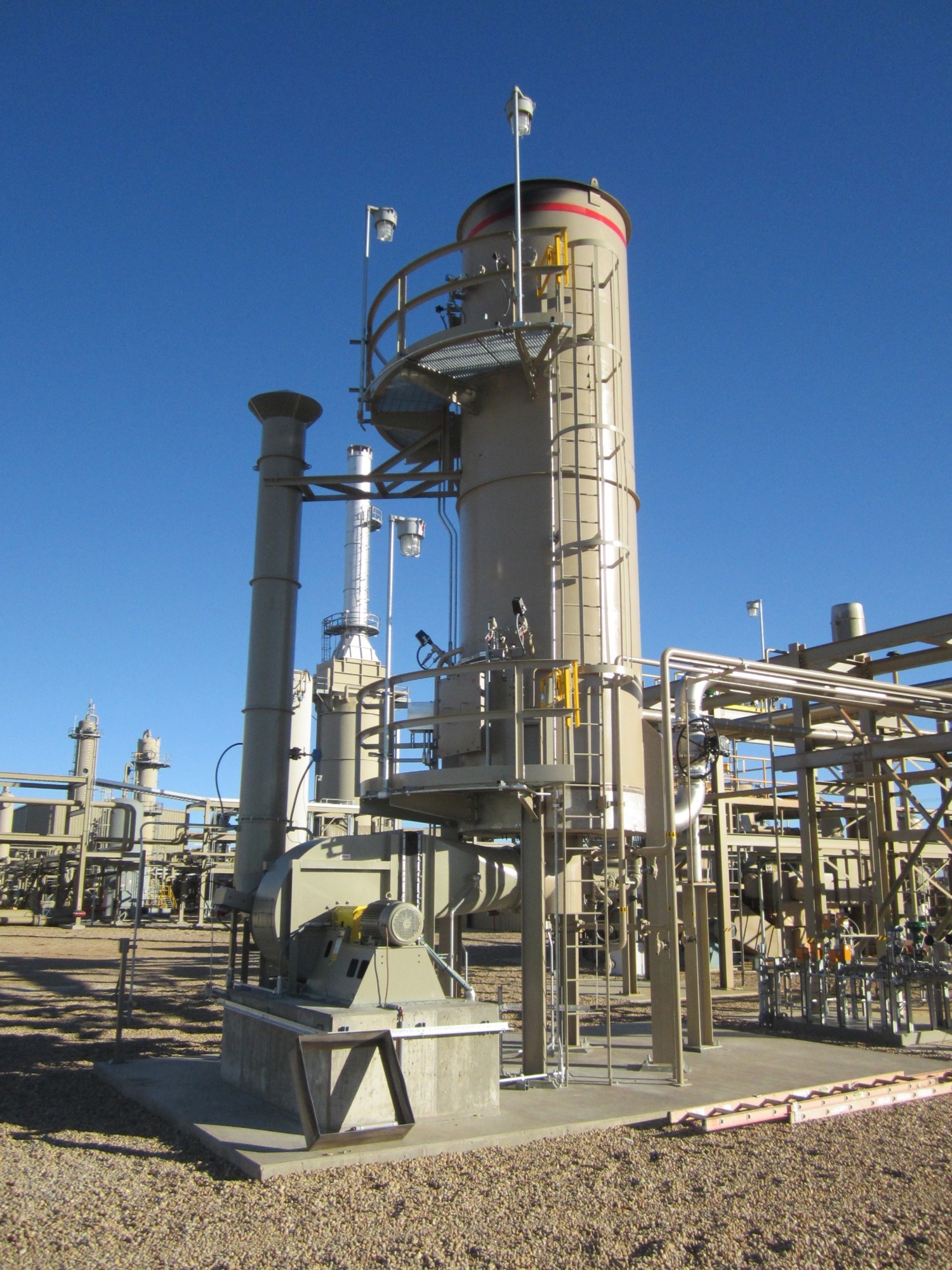What are biofuels, and where do they come from?
Biofuels represent a promising renewable energy source derived from organic waste produced by human activities. These sustainable resources are abundant in various places, such as landfills, solid waste processing facilities, farms and wood processing plants.
Biological digestion of organic materials—such as farm leftovers, city garbage, sewage treatment leftovers, wood mass, food waste, and animal waste—can supply energy for different applications.
What factors are driving the increased demand for RNG/biogas?
Corporate Environmental, Social, and Governance (ESG) goals require companies to buy a specific amount of renewable energy. Given that sources like wind, solar, geothermal, and hydropower are currently unable to satisfy the full demand for renewable energy, numerous companies are increasingly turning to RNG as a means to fulfill their environmental and social commitments.
What is involved in the purification process of biogas for producing Renewable Natural Gas (RNG), and what are the key impurities removed to ensure environmental compliance and community safety?
Methane is the main desirable component of biogas. However, the decomposition of organic materials also produces undesirable gasses such as hydrogen sulfide (H2S), ammonia (NH3), Volatile Organic Compounds (VOCs), and carbon dioxide (CO2). Due to these contaminants, biogas production always has a purification process aimed at isolating the desirable high-energy gases suitable for pipeline distribution from the contaminants. There are a number of means to accomplish purification, but they all result in an off gas stream which requires abatement. Since by nature, RNG production is a renewable, green technology, it is essential that RNG facilities produce renewable natural gas that is environmentally compliant and community-friendly, adhering to emission regulations which include destruction of odorous compounds and VOCs derived from the RNG purification process.

Image Credits: Anguil Environmental Systems
What are the main air pollution control methods utilized at RNG facilities?
The primary methods for controlling air pollution at RNG facilities include vapor combustors and thermal oxidizers. These systems are designed to efficiently manage emissions. Additionally, a backup flare is often in place to handle unexpected situations or surges in emissions, ensuring continuous compliance with environmental standards.
Is there a standard pollution control setup for RNG applications?
Pollution control in RNG facilities is complex due to the wide variation in biogas cleaning methods and feed sources, which directly influence the choice of pollution control technologies and techniques.
Compliance depends on understanding the unique conditions and operations of each site, including the business requirements of the RNG facility. Renewable energy operations often experience inconsistent flows or concentrations. Therefore, pollution control systems in RNG facilities must be designed to handle a wide range of process cases, from worst to minimal, while maintaining a strong emphasis on safety.
What are the important considerations when selecting pollution control technology for an RNG operation?
Choosing a technology that matches the gas flow rates and emission characteristics of the RNG operation is essential. Assess your future expansion needs and the scalability of your pollution control system. Downtime can be expensive, so select a durable system that is adaptable to changing conditions and requires minimal maintenance.
What are the differences between aerobic and anaerobic digestion, and how do these differences influence strategies for pollution control?
Aerobic digestion relies on the presence of sufficient oxygen during digestion and results in high solids production, but low gas yields suitable for fuel. Conversely, anaerobic digestion relies on the absence of available oxygen and produces more usable gas and fewer solids. There are pros/cons to choosing an aerobic or anaerobic system which largely center around the quality of the incoming wastewater and which byproducts are desired (solids vs gas). As previously discussed, the gas derived from anaerobic digestion requires purification, as well as treatment of the off gasses. Both digestion techniques produce wastewater, of different qualities, which may require additional treatment.
What challenges exist when it comes to handling wastewater?
Wastewater from RNG production can be derived from a number of sources. Landfill gas recovered from active landfills may be tied to landfill leachate production. Wastewater from aerobic digestion most likely will require additional secondary treatments to remove contaminants that the biological processes will not consume such as heavy metals, chlorinated compounds or denitrification. Furthermore, methods such as wet scrubbing or adsorption used in RNG purification processes produce wastewater. A notable example is the removal of hydrogen sulfide (H2S) from biogas, a crucial step due to the gas's foul odor and toxicity. Larger RNG operations, therefore, may require a comprehensive treatment train to effectively manage various water contaminants. Additionally, though not specifically a process wastewater issue, some biogas purification methods use chemicals like amines or solvents to clean the biogas. Improper management or disposal of these chemicals can lead to water pollution not directly
Not specific to RNG, wastewater treatment is increasingly becoming a greater challenge as stricter wastewater regulations are being implemented, particularly for municipal wastewater treatment plants contending with high nitrogen levels. Hence, municipal plants are increasing pretreatment standards and passing these responsibilities and increased costs to wastewater generators, including some RNG facilities.
What upcoming technologies and methods do you expect to become quite prominent in the near future?
Currently, many RNG plants utilize natural gas produced from conventional sources. It is fully expected that RNG producers will be hit with penalties for the use of natural gas in the production of RNG as it is counterproductive. Hence, it will be incumbent on RNG producers to reduce as much natural gas usage as possible – with the goal to eliminate it entirely. To become more efficient, Heat exchangers can be incorporated into RNG facilities' existing vapor combustion systems to enhance efficiency – or included in new plants from the outset. For low-concentration RNG waste streams, regenerative thermal oxidizers can be used due to the RTO’s inherent thermal efficiency. Additionally, RNG production process improvements can undertaken to minimize the amount of methane lost to the purification process.
About the Speaker

Tim Jaglinski joined Anguil Environmental Systems in 2015 to provide a focus on water treatment for industrial wastewater and remediation applications. As a Senior Application Engineer, Tim is the lead technical liaison for Anguil’s wastewater treatment solutions as well as oxidizer projects for remediation. He has a Bachelor of Science in Aeronautical Engineering as well as a Masters and PhD in Materials Science and Engineering from the University of Wisconsin Madison.

This information has been sourced, reviewed, and adapted from materials provided by Anguil Environmental Systems.
For more information on this source, please visit Anguil Environmental Systems.
Disclaimer: The views expressed here are those of the interviewee and do not necessarily represent the views of AZoM.com Limited (T/A) AZoNetwork, the owner and operator of this website. This disclaimer forms part of the Terms and Conditions of use of this website.